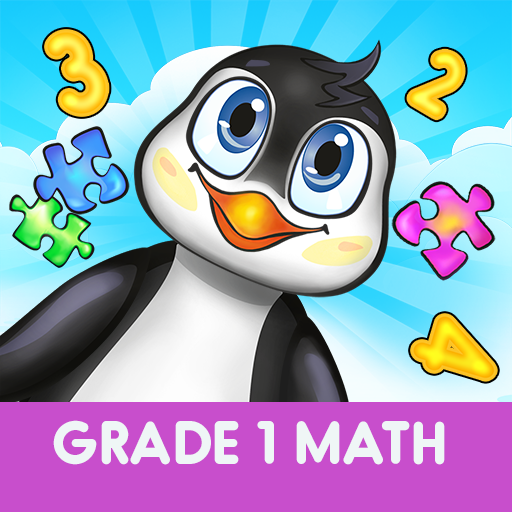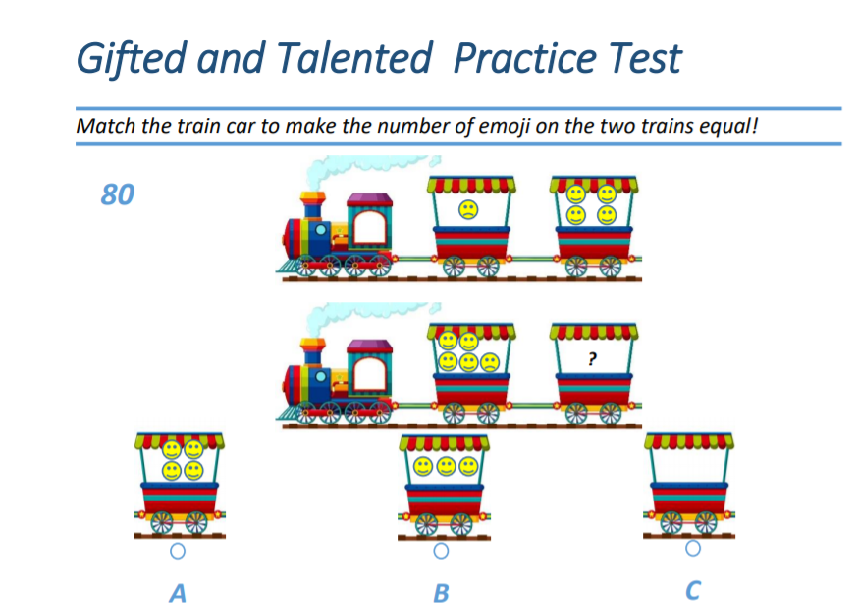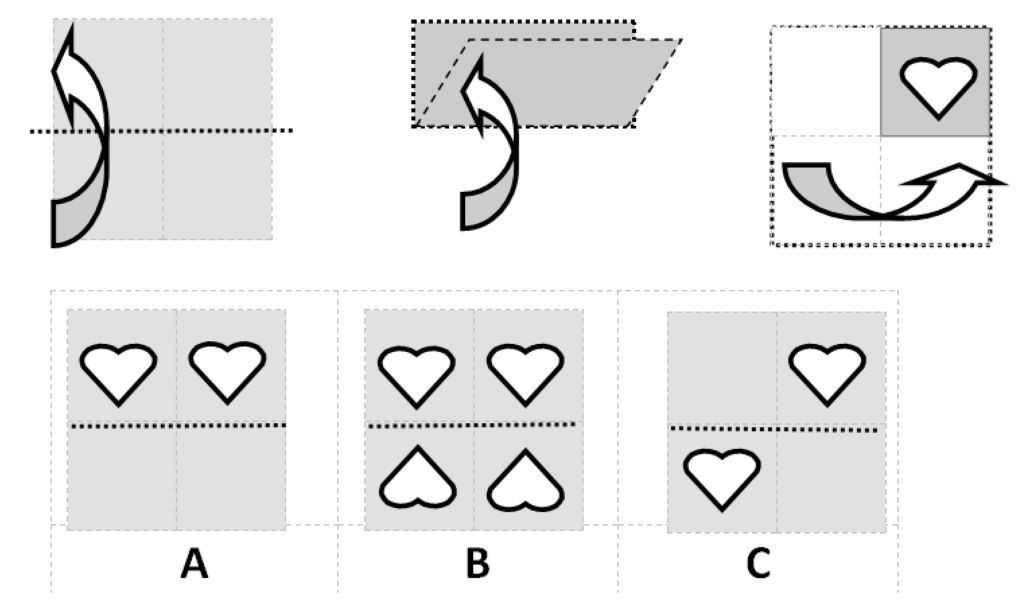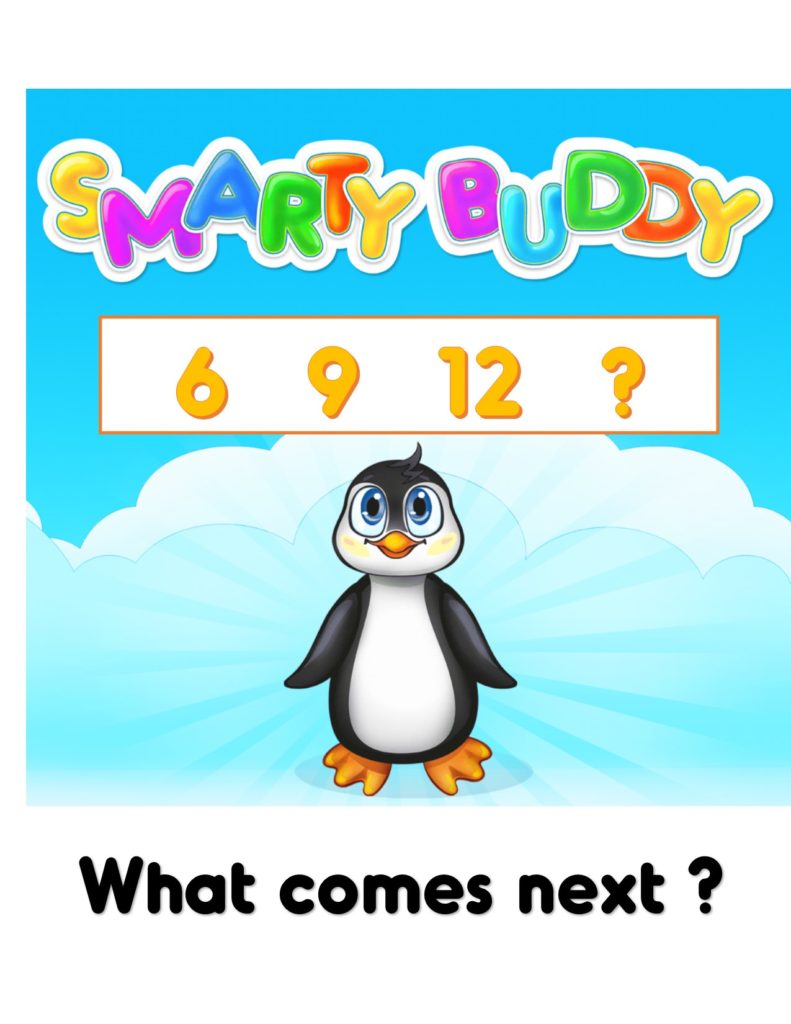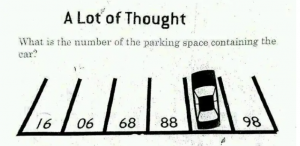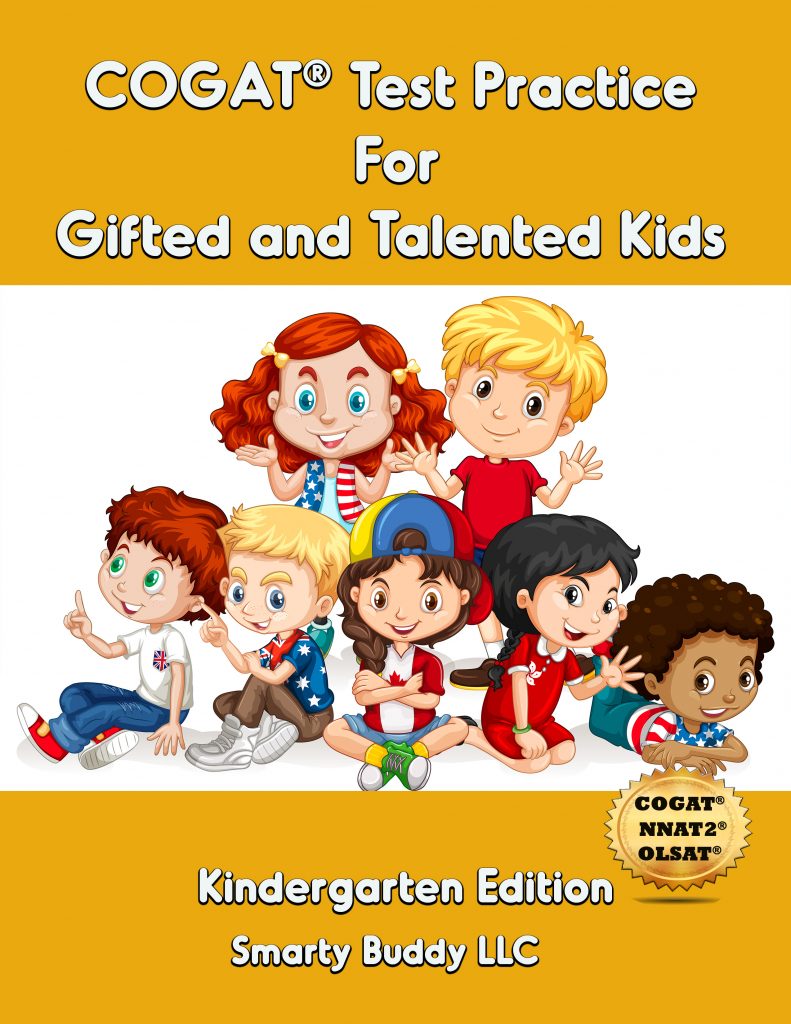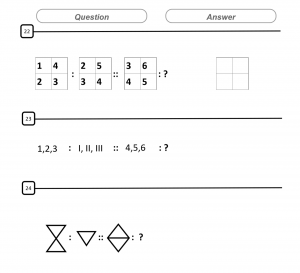It does not matter whether you agree with the decision to close schools due to COVID-19, the new reality is home schooling for all! Some U.S. school districts are way ahead of their game, others are lagging behind. If you came across this post, you are probably looking for meaningful material for a home schooling curriculum.
I have to admit, I started looking into home schooling, as I started researching the new traveling and blogging lifestyle. Just as I realized that homeschooling is really not for me as a parent, life threw a curve ball. Now I am a working and blogging parent with three home students : we have a preschooler, a 5th grader and a 7th grader in the household.
I gave our school system a chance. And without criticizing the school system too much, I realized that I need more!
This week we landed on Khan Academy! They have a wonderful sample schedule for each age group.
In this post let’s start with the preschooler, who is way ready for Kindergarten and started reading Phonics Books. My daughter loves doing a preschool style schedule that she still remembers from preschool – complete with Show and Tell and Snack Time!
We are excited the release of our newest product on Amazon!
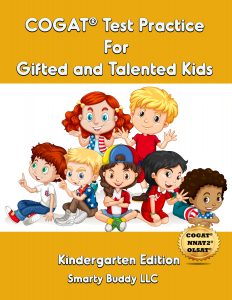
Sample Schedule:
8 – 9 am Wake Up Morning Chores: Get Dressed, Breakfast, Make your Bed, Brush you Teeth, Brush your Hair
9am – 9:30am – Show and Tell; then Khan Academy Kids App
Do Khan Academy kids App together with your child. This App starts at the
basics of letters, numbers, and social emotional learning and goes through the first grade standards in math, reading, writing and social emotional
learning.
9: 30 am – 10 am – Music
Use Youtube to find Khan Academy Circle Time or any other fun songs for kids this age. Today we did (Masha and the Bear Songs).
10 am – 10:30 am – Snack Time
11 am – 11:30 am – Khan Academy App Math
For students with stronger literacy and motor skills use Khan Academy App or login on your Chromebook. We started with Preschool Math Lessons. Ideally a parent or older sibling sits next to them while doing this.
11:30 am – Quick Recess
11:40 am – 12 am – Phonics Book Reading
I like Apps, but books are a gold standard. I love the Hooked on Phonics Reading Program.
We have a reading reward poster hanging in the living room. Once my daughter completes each workbook passage and phonics, we get a sticker on the reward poster! Stickers are magic, when you are 5!
We made it to lunch and outdoor time! Now enjoy the fulfillment of having taught your child reading and math! Enjoy lunch and head outdoor! After all home schooling is no fun without outdoor time. Playgrounds are closed due to COVID-19, but your can bike, roller blade and watch birds … at least in our state.
